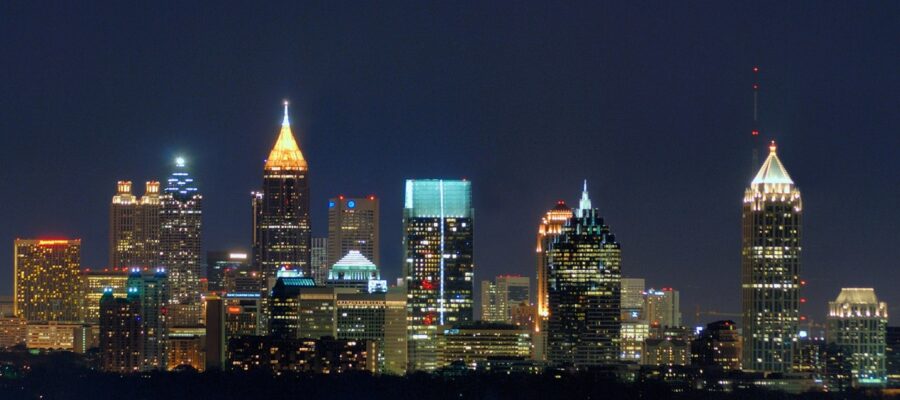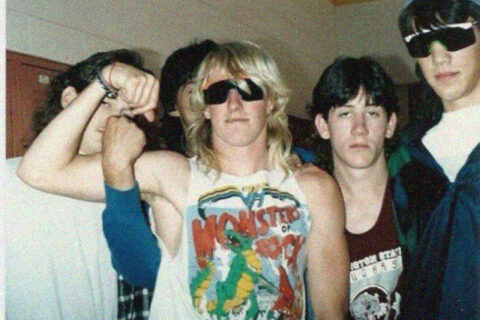The Austrian Empire really is one of the strangest polities to ever emerge. Built on the ashes of the Holy Roman Empire, the Austrian Empire was the result of Hapsburg decline – from being the masters of Europe to a smaller kingdom, albeit a still very powerful German royal family. The Austrian Empire they created was a patchwork of nations. In 1914, the ethnic Germans accounted for about 50% of the population with the rest made of Romanians, Hungarians, Jews, Italians, and various Slavic nationalities. Of course, this created a situation that made the Empire increasingly unstable, especially in an era of rising nationalistic sentiment in Europe. How the Austrians even acquired this domain is unusual. One would think that they were renowned for being fierce fighters; however, unlike their Prussian cousins, they did not have such a reputation (if anything, they were famously weak). Rather, the Austrians expanded through marriage and diplomacy, the latter of which was one of their greatest strengths.
Still, the Austrian Empire was eventually done in by the rivalries between its many nationalities. This is not to suggest it was a multicultural mess like the modern United States, it wasn’t, the foundation of that now dead empire was very much German Catholic. But all the same, they found it increasingly difficult throughout the 19th century to keep their numerous nationalities from seeking independence. In 1867, the Hungarians, the second largest nationality in the Austrian Empire, were able to force a compromise in which the realm would be split into two parts – Austrian and Hungarian. The nations would be economically united and with a single king to rule foreign policy, but the Austrian and Hungarians sections would be legally distinct. As nationalism grew among the other nationalities, it became increasingly unbalanced.
Something that is often overlooked in the rising nationalism under Austrian rule is the role cities played. For most of the history of the Austrian Empire, the cities were German while the surrounding countryside was non-German. Most major cities of the Empire were German islands in a Hungarian (or Slavic, Romanian, Italian, etc.) sea. There were people from the countryside that came into the cities looking for work, but because they were so small in number, they were forced to learn German and assimilate. In the 19th century this changed. Industrialization created an even larger demand for cheap labor, shifting more people to the cities. Because they were now larger in number, they no longer had to learn German. They could continue to speak their native language and, as such, remained Romanian or Hungarian instead of becoming German. Disease was a factor, too. Thanks to the unsanitary conditions of 19th century cities, death by disease was very common, drawing even more workers from the countryside to the cities. Slowly but surely, the cities began to take on the same national characteristics of the surrounding countryside, paving the way for a more coherent set of borders by which new nations would form (which would eventually cost the Austrians their control).
We can view a situation like this in Dixie, though in reverse. In the Austrian Empire, immigration transformed the cities into the surrounding countryside. In Dixie, it is increasingly splitting the cities from the countryside. If you look at a map of the White population of Dixie, it looks like we’re doing well. In any given Southern state, the vast majority of the area is still Dixian in culture. Make a map of native, White Dixians versus foreign transplants and a clear pattern will emerge – carpetbagger islands in a Dixian sea. Even Virginia is geographically mostly Dixian, with carpetbaggers really only dominating Richmond, the DC suburbs, and Hampton Roads. But, this is actually a problem, as it alienates the country from the city and makes it harder for a nationalistic movement to grow.
Furthering this development, as much as I hate it, is that cities do have an ability to culturally dominate the rural areas. The cities are the media headquarters, and they indirectly govern the rural areas – think of how the television, with its emphasis on the broad, quasi-Northern accent (the “broadcaster voice”), has been linked to declining accents in younger generations. But this media domination can be seen in more than just Los Angeles or New York, Atlanta has shown a remarkable ability to drive the Deep South. “Crush the Urbanite” is a popular meme with Identity Dixie and I like it, but the fact is that we cannot ignore cities. I would remind our readers that cities do not need to be like this. Cities like New Orleans and Charleston are both crucial to the culture of Dixie. Seriously imagine what our nation would be like had Memphis or Nashville never existed? New Orleans, Charleston, Memphis, and Nashville, not to mention Birmingham, Savannah, and Richmond are all our cities and they belong to us by right. We should rule them, and they should all be known, as they once were, as Southern cities.
The changing demographics of its cities transformed the late 19th century Austrian Empire. The cities, once German, became, over the course of the century, more Romanian, Hungarian, Serbian, etc. By transforming the cities, nationalism was able to grow, weakening the Austrian Empire. World War I ended up being the final blow to the Empire, and when it ended the centuries old Austrian Empire, not to mention Hapsburg rule, was swept off the face of the earth. Today, we are seeing this work in reverse. While the countryside and cities became more similar, at least in terms of nationality in the 19th century Austrian Empire, the countryside and cities are becoming more unalike in the early 21st century Dixie. Cities do matter, and while we are a rural and agrarian civilization, we cannot abandon them.
It is important to remember that all of the cities I mentioned still have, despite everything, a fairly large population of Dixians. We must make connections within these communities to awaken nationalistic feelings in them, creating a bloc in these cities that can promote and preserve our culture, allowing us to make Richmond and other cities Southern again.







Awesome and much needed commentary.
You made some excellent points, Harmonica. I never watch the ‘news’ anymore, but on a job interview about 35 years ago at a television station in South Mississippi, the general manager, a Yankee transplant, told me in no uncertain terms that I would have to ‘lose’ my southern accent to have a successful career in broadcasting. I told him I live in the South, and had no desire to change my speech to sound as if I came from Chicago. I never had a career in broadcasting, but that’s okay. I am not ashamed to speak Mississippi born and bred English. I hate to be pessimistic about Southern cities. But the fact is, they have gone to hell, dominated by carpetbaggers and worthless Negroes. Accept it and move on.
A potentially unpopular opinion here, but it needs to be said and thought about for many of us. Thank you for writing this.
I am an urbanite, I live in Atlanta and although there are many things I would change about it I do still love it and would rather be here than on a farm or in the suburbs. That’s just the person I am, maybe it’s because I’m in my early 20s that I have this outlook and it may change as I age, but I don’t see it happening.
Cities are the centers of not only cultural, and media power, but also political. How many rural counties need to go red to outweigh 1 or 2 urban counties going blue in order to dictate which way the state will go? How drastically can an urban population dictate state politics?
I find the anti-city/urban outlook many dissidents and especially Southern Nationalists have to be misguided and misplaced disdain – It’s also incredibly destructive on the long term. People tend to essentialize cities as necessarily being rootless, progressive, and dangerous however there is nothing about cities inherently that produce these qualities. Historically our cities were not this way, and it was only through brutal war, manipulative politics, and ethnic displacement that they have become what they are today.
My parents tell me that even in the 90s it wasn’t surprising to see Confederate flags flying off of houses in the Buckhead area of Atlanta. However I’ve only seen them openly displayed on properties when I go to the north Georgia mountains to hike and spend time in nature. Today the most people can get away with is displaying our state flag, and although its beautiful, being to display our peoples flag would be a truer form of expression and a signaling of claiming our communities. I hope to be able to do this in my lifetime.
I think we do all of ourselves a major disservice by rejecting and ignoring urban centers, we will need them if there is going to even be a modicum of mainstream success for Southern self determination.
A real country has cities. A free Dixie will need cities. Let’s reclaim our cities.